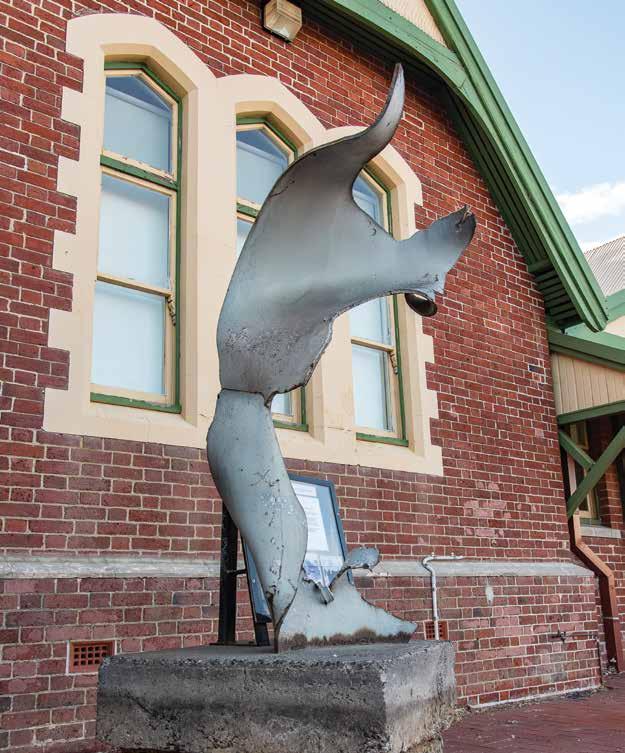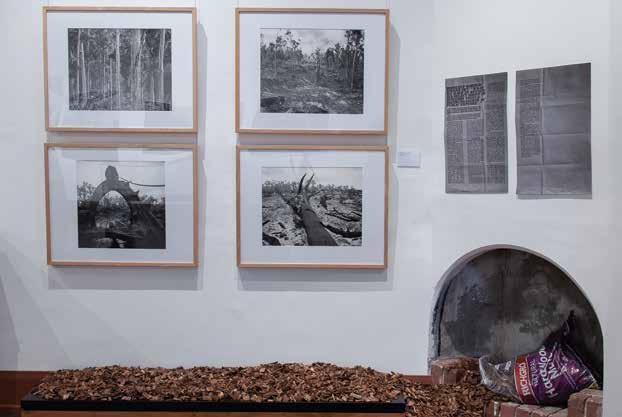
1 minute read
IT WOKE THE TOWN UP
Dr. Amanda Gardiner
It Woke the Town Up is an exhibition investigating the ‘Bunbury Bombing’, a politically motivated attempt to destroy the wood chipping export terminal in the port town of Bunbury in 1976.
Advertisement
Labelled an ‘act of terrorism’ by then-premier Charles Court, the bombing was an attempt by two men named Michael Haabjoern and John Chester to stop the destruction of old-growth Karri and Jarrah forests in the South West.
In the early morning of 19 July 1976, Haabjoern and Chester loaded 1000 sticks of stolen gelignite, timing devices and detonators into a stolen car. Donning stocking masks and armed with a .303 rifle they held up the on-site watchman.
Extremely careful to make sure no one was hurt, the men set three charges around the base of the terminal then drove away with the captive guard to wait for the explosion.
The charges were set to detonate at 5am.
Of the three charges set, only one detonated yet the single explosion was so powerful that it sent debris flying kilometres away, shattering windows in homes all along the nearby Leschenault Inlet.
The blast caused $300,000 of damage but did not halt production for long. Haabjoern and Chester were sentenced to seven years imprisonment with a minimum term of 10 months. The Crown appealed the sentence after criticism of leniency and the terms were increased by three and a half years. The woodchip pile never left Bunbury. It expands and contracts like a living organism, changing scale in response to the truckloads of trees that are delivered and the boatloads that are shipped away. Reaching into the sky like Bruegel’s Tower of Babel, on loading days the pile’s girth is so enormous that bulldozers make a road on its circumference as they chug up and down, shovelling the chips. On these days, the whole suburb smells of sawdust. It Woke the Town Up marks the start of an ongoing creative project, combining new research, printed materials, media, and imagery to present a multifaceted exploration of this pivotal historic event.













